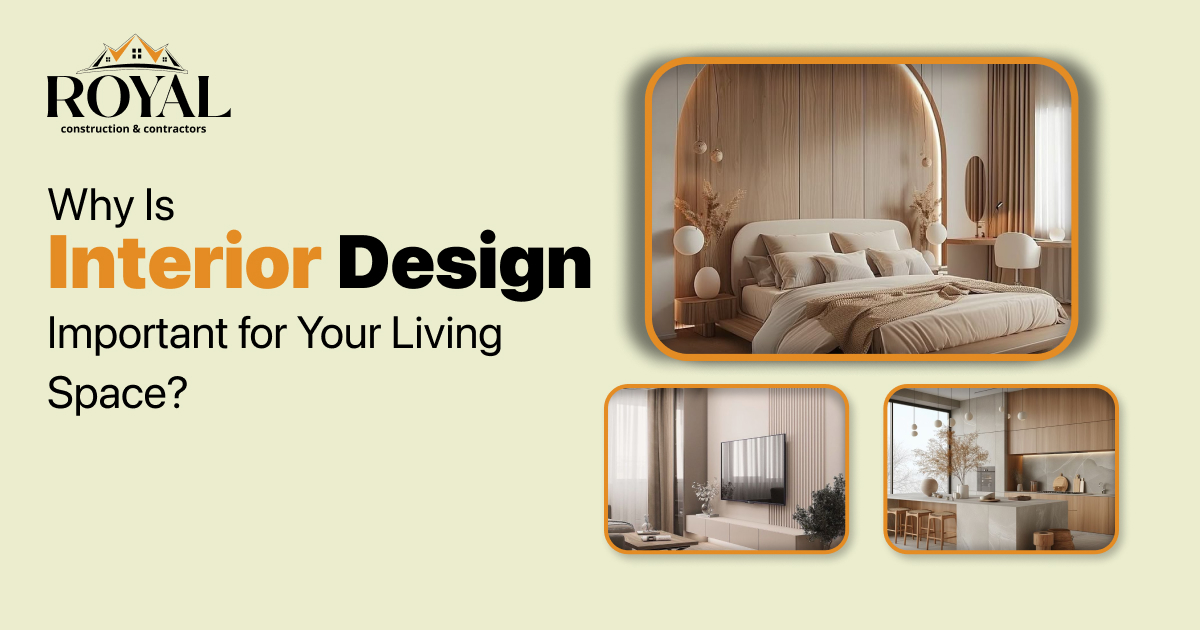
Transforming Your Living Space: Interior design isn’t just about looks – it’s about creating a space that serves you, enhances your lifestyle, and makes you feel good.
The Value of Professional Designers: Highlight the importance of hiring a professional interior designer to bring your vision to life, manage projects, and ensure cohesive results.
Investing in Design for Long-Term Satisfaction: Emphasizing that investing in thoughtful, well-executed interior design provides lasting benefits for comfort, functionality, and emotional well-being.

TRANSFORMING SPACES, INSIDE AND OUT, WITH UNMATCHED EXCELLENCE AND INNOVATION.
Copyright © 2025 Royal Constructions and Interiors All Rights Reserved | Powered by HURRYEP TECHNOLOGIES